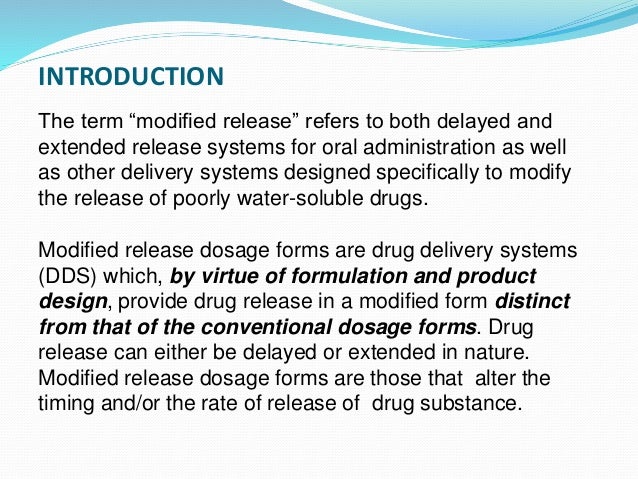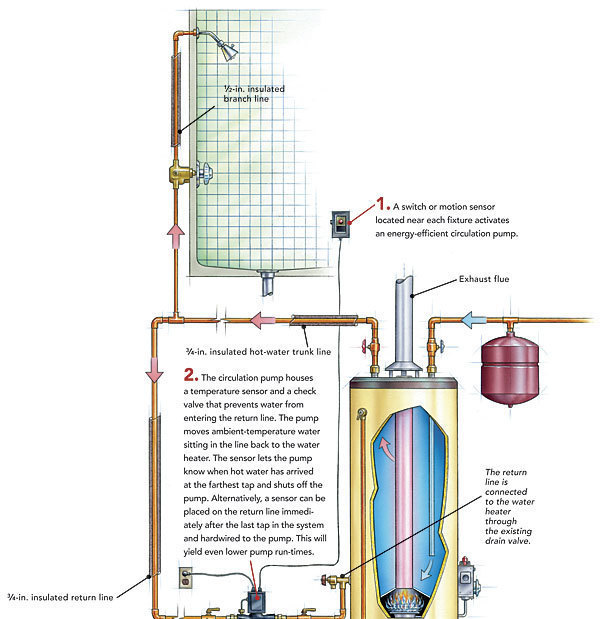Water Systems - Hot and cold water service systems - design properties, capacities, sizing and more; Related Documents. ASTM B88 - Seamless Copper Water Tubes - Dimensions - Water and Gas Copper Tubes according ASTM B88 - type K, L and M - imperial units; ASTM D1785 and ASTM F441 - PVC and CPVC Pipes Schedule 40 & 80 - Standard dimensions. Design Water Supply System: Home 1. Basics of Hydraulics 2. Concept Design 3. NSM Contact New developments for NSM. 0 Comments About the manual 3.8.
Feedback, don't be shyRevised January 2006

- How to do detail calculations that will allow you to size and select a centrifugal pump.
- How to verify that your centrifugal pump is providing the rated pressure or head.
- What is density and specific gravity and how do they relate to pressure and head?
START OF TUTORIAL
There are many types of centrifugal pump systems. Figure 1 shows a typical industrial pump system. There are many variations on this including all kinds of equipment that can be hooked up to these systems that are not shown. A pump after all is only a single component of a process although an important and vital one. The pumps’ role is to provide sufficient pressure to move the fluid through the system at the desired flow rate.
Figure 1
Back in the old days domestic water supply was simpler...aaah the good old days. Goodnight John boy..Domestic water systems take their water from various sources at different levels depending on the water table and terrain contours.
Figure 1a
Source: The Ground Water Atlas of Colorado
The system in Figure 2 is a typical domestic water supply system that takes it's water from a shallow well (25 feet down max.) using an end suction centrifugal pump.
Figure 2
Figure 2a Typical jet pump.
For more details on the construction of jet pumps see this article: specialty pumps.
The system in Figure 3 is another typical domestic water supply system that takes it's water from a deep well (200-300 feet) and uses a multi-stage submersible pump often called a turbine pump.
Figure 3
Figure 3a
source: The Ground Water Atlas of Colorado
Figure 3b
Figure 3c Typical deep well submersible pump
Pressure, friction and flow
Figure 4
Pressure, friction and flow are three important characteristics of a pump system. Pressure is the driving force responsible for the movement of the fluid. Friction is the force that slows down fluid particles. Flow rate is the amount of volume that is displaced per unit time. The unit of flow in North America, at least in the pump industry, is the US gallon per minute, USgpm. From now on I will just use gallons per minute or gpm. In the metric system, flow is in liters per second (L/s) or meters cube per hour (m3/h).
Pressure is often expressed in pounds per square inch (psi) in the Imperial system and kiloPascals (kPa) in the metric system. In the Imperial system of measurement, the unit psig or pounds per square inch gauge is used, it means that the pressure measurement is relative to the local atmospheric pressure, so that 5 psig is 5 psi above the local atmospheric pressure. In the metric system, the kPa unit scale is a scale of absolute pressure measurement and there is no kPag, but many people use the kPa as a relative measurement to the local atmosphere and don't bother to specify this. This is not a fault of the metric system but the way people use it. The term pressure loss or pressure drop is often used, this refers to the decrease in pressure in the system due to friction. In a pipe or tube that is at the same level, your garden hose for example, the pressure is high at the tap and zero at the hose outlet, this decrease in pressure is due to friction and is the pressure loss.

As an example of the use of pressure and flow units, the pressure available to domestic water systems varies greatly depending on your location with respect to the water treatment plant. It can vary between 30 and 70 psi or more. The following table gives the expected flow rate that you would obtain for different pipe sizes assuming the pipe or tube is kept at the same level as the connection to the main water pressure supply and has a 100 feet of length.
The unit of friction is....Sorry, I think I need to wait 'til we get closer to the end to explain the reasoning behind this unit.
Figure 5
Pressure provides the driving force to overcome friction and elevation difference. It's responsible for driving the fluid through the system, the pump provides the pressure. Pressure is increased when fluid particles are forced closer together. For example, in a fire extinguisher work or energy has been spent to pressurize the liquid chemical within, that energy can be stored and used later. Is it possible to pressurize a liquid within a container that is open? Yes. A good example is a syringe, as you push down on the plunger the pressure increases, and the harder you have to push. There is enough friction as the fluid moves through the needle to produce a great deal of pressure in the body of the syringe
Figure 6
If we apply this idea to the pump system of Figure 5, even though the discharge pipe end is open, it is possible to have pressure at the pump discharge because there is sufficient friction in the system and elevation difference.
What is friction in a pump system
Friction is always present, even in fluids, it is the force that resists the movement of objects.
Figure 7
When you move a solid on a hard surface, there is friction between the object and the surface. If you put wheels on it, there will be less friction. In the case of moving fluids such as water, there is even less friction but it can become significant for long pipes. Friction can also be high for short pipes which have a high flow rate and small diameter as in the syringe example.
In fluids, friction occurs between fluid layers that are traveling at different velocities within the pipe. There is a natural tendency for the fluid velocity to be higher in the center of the pipe than near the wall of the pipe. Friction will also be high for viscous fluids and fluids with suspended particles.
Figure 8
Another cause of friction is the interaction of the fluid with the pipe wall, the rougher the pipe, the higher the friction.
Friction depends on:
- average velocity of the fluid within the pipe see this web app calculator for velocity based on flow rate
- viscosity
- pipe surface roughness
An increase in any one of these parameters will increase friction.
The amount of energy required to overcome the total friction energy within the system has to be supplied by the pump if you want to achieve the required flow rate. In industrial systems, friction is not normally a large part of a pump's energy output. For typical systems, it is around 25% of the total. If it becomes much higher then you should examine the system to see if the pipes are too small. However all pump systems are different, in some systems the friction energy may represent 100% of the pump's energy. This is what makes pump systems interesting, there is a million and one applications for them. In household systems, friction can be a greater proportion of the pump energy output, maybe up to 50% of the total because small pipes produce higher friction than larger pipes for the same average fluid velocity in the pipe (see the friction chart later in this tutorial).
Copyright 2019, PumpFundamentals.com
Design Water Supply System1. Feedback And Comments
Guests attend a programme organised by Dhaka Water Supply and Sewerage Authority at WASA Bhaban in Dhaka on Saturday. -- New Age photo
Dhaka Water Supply and Sewerage Authority is assigned to supply drinkable water, not drinking water, said local government and rural development minister Tazul Islam at a programme at WASA building in Dhaka on Saturday.
He claimed that no water supplying agency of the world supply drinking water to the clients.
He was addressing a Dhaka WASA programme, which was organised to distribute awards among top water bill collector banks.
Addressing the programme as the chief guest, Tazul Islam said that the lone water supplying government agency supplies drinkable water.
‘City dwellers can drink WASA supplied water after boiling or filtering it; so it is drinkable water,’ he explained.
‘Dhaka WASA water is not drinking water, rather drinkable,’ he added.
He said that it was not the responsibility of the agency to supply drinking water, rather supplying usable water was its responsibility.
Design Water Supply System 1. Feedback And Comments Examples
He said that they didn’t advise their customers to drink the Dhaka WASA supplied water directly as the water reached them after travelling thousands of kilometres of underground pipes.
He said that Dhaka WASA produces surplus quantity of water and ensures water supply to all.
‘Dhaka WASA has improved the quality of its water a lot and it is producing water maintaining quality,’ he said.
Dhaka WASA managing director Taqsem A Khan said that Dhaka WASA is producing 264 crores of litres of water every day with only 5 per cent system lose.
WASA board chairman Gholam Mostofa said that Dhaka WASA would pay its employees according to its own pay scale.
First Security Islami Bank Ltd won the first prize, Premier Bank Ltd won the second prize and Southeast Bank won the third prize in collecting water bills.
Dhaka WASA, however, awarded all 34 banks for collecting water bills from customers.
Want stories like this in your inbox?
Sign up to exclusive daily email
Design Water Supply System 1. Feedback And Comments Regarding
Popular
Design Water Supply System 1. Feedback And Comments Example
Recent
